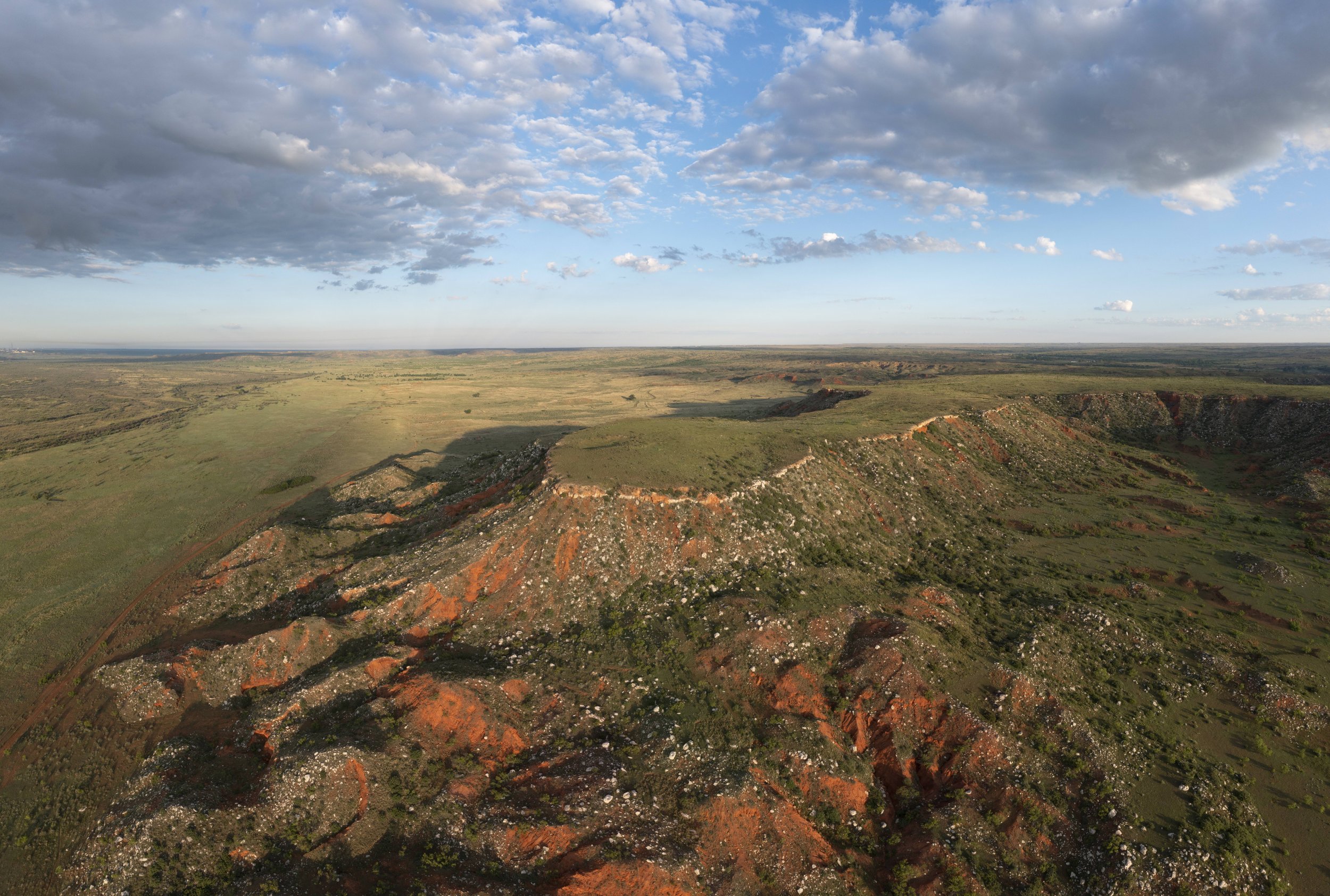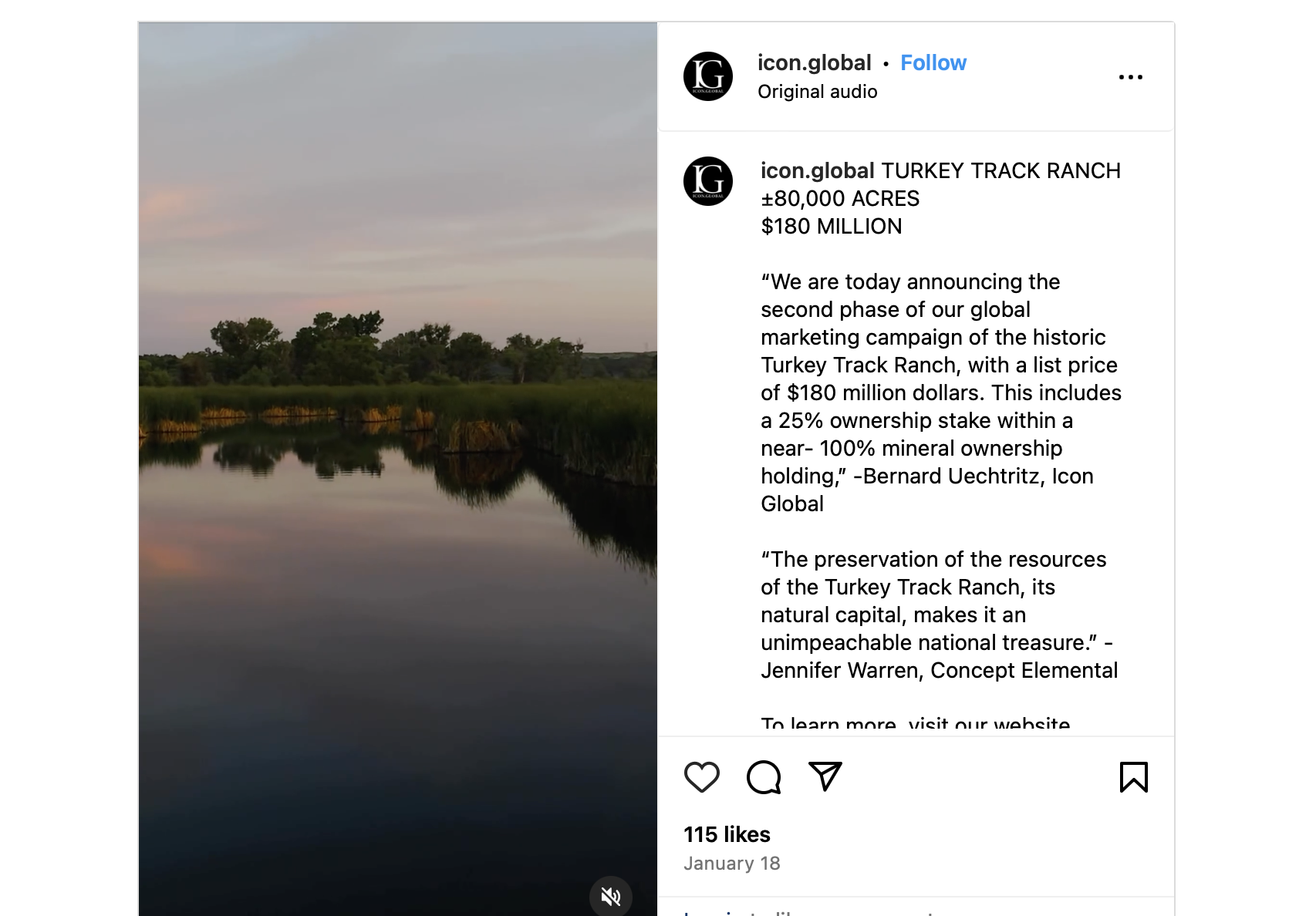The Turkey Track Ranch
Recognition of Natural Capital, Legacy, and Opportunity
Rare and unmatched, this jewel of the Panhandle, was shaped by the historical events of America’s West and the High Plains of the Texas Panhandle. Irony would have it, the pioneers of what would become the Turkey Track Ranch had their early beginnings in protecting herds of cattle at the legendary Waggoner Ranch in the late 19th century. The storied histories of Turkey Track, the Waggoner, and the 6666 Ranch all converge. And the very people that pioneered the Turkey Track strikingly crisscrossed the timelines of most of the iconic Texas ranches. Its High Plains, resource-rich location, under one fence, is unparalleled.
Across three centuries, the Coble-Whittenberg family stewarded a ranching dynasty. The reverence of the land has both protected and improved its gifts of geology and biodiversity. What was ever taken from the land for some form of subsistence was given back ten-fold.
Two legacies loom large — that of history in the making and the development and enrichment of its natural offerings, the natural capital of the Turkey Track Ranch.
The dance of history
The early beginnings of the Turkey Track Ranch mark an important period in U.S. and Texas history. As one of THE original ranches of the Panhandle, the Turkey Track is itself a historical landmark. It is home to the notorious First and Second Battles of Adobe Walls. In 1864, towards the end of the civil war, one of the largest and bloodiest battles of the Great Plains was fought, the First Battle of the Adobe Walls. The famed Colonel Kit Carson was enlisted for the battle for one of the West’s emerging trade routes, with no clear victory ultimately.
Ten years later, the Second Battle ensued over the tensions between several Native American tribes and the settlers. The conflicts of that era included changes to the lands and livelihoods, dwindling buffalo herds, and Texas’ own early forays as an independent state that had been recently annexed by the Unites States in 1845. The June 27, 1874 battle was a first of roughly twenty battles, known as the Red River War. It turned the tide for the West’s further development.
The ranch was formed in various early iterations across four decades, as documented from 1878 to 1916. The plentiful grasses for cattle and free ranges attracted the pioneering ranchers. Familiar with the history of the land, Icon Global’ s international cattle consultant, sales and landman Wayne Cockrell relayed, “The springs have always been there—as pools of water for buffalo in the past, and for the herds of horses of the Indians wintering there. The Adobe Walls were built where there was a spring.” He also adds that the varieties of grasses, tall prairie grasses and the cool-season grasses near the Canadian River bottom, are like a grassland savannah, as well as the canopy-cover of trees, atypical in the Panhandle.
Owing to the hardships and perseverance, with some mad gunslinger skills of Jimmie Roberts, the second generation of Maude and Tom Coble began amassing the lands of the Turkey Track in earnest around 1916. W.T. Waggoner himself called Maude Coble “the smartest little business woman in Texas” in a 1929 letter, because of her skillful management and vision. W. T. “Tom” Coble however, in 1899, dug a hole to stake his homestead claim in what is now Hutchinson County, and defended it mightily. He also skillfully managed to survive the Depression, and then struck oil and gas in the ‘30s. That changed fortunes, with the Whittenburg side of the family landing on the right side of that trade too.
The women of Turkey Track were a key part of the critical decisions and ownership from the period after the Depression through to 1969. Catherine Coble, the mother of J.A. Whittenberg III, was credited with forming Coble Cattle Corp. which continued to acquire and aggregate nearby ranch lands. In recent decades, women have constituted a significant part of the ranch’s management, which includes the present-day representation of three women and two men.
The property now encompasses approximately 80,000 acres from the Canadian River to The Caprock in the North. The Caprock is a massive escarpment, a ridge running through the Panhandle south for 400 miles. The land was one of the main cattle trails and wagon roads on route from the Southern Plains north to Dodge City. This geological feature played a role for the Native Americans that dwelled on the lands in the past. It was a place of the ranch’s boundaries and documented altercations in defense of the ranch, but also an oasis of marvel for various family members and their stories.
The Canadian River—thought to be named because of Canadian hunters and traders along the river or possibly owing to Spanish etymology from “canyon”—is one of many important natural features of the Turkey Track Ranch.[i] The renowned Texas photographer Wyman Meinzer describes Turkey Track’s Canadian River country vibe as being rare, largely owing to its abundant surface water and springs. The Canadian River runs through the ranch for 26 miles, along its 190-mile journey northeast across the Panhandle. The river is a major travel corridor for mule deer, whitetail deer, quail pheasant, ducks and, yes, wild turkeys, often seen taking flight into the cottonwood trees near ranch headquarters.
At one point, owing to the Canadian River flood plain’s treachery, earlier generations opened rescue operations side businesses, pulling the stranded out of quicksand and others found in precarious situations. By 1818, the Canadian River became the southern border of the new United Stations nation after the Quapaw tribe surrendered their lands north of the river.
Slowly, trading posts were established all along the river, including Bent’s Trading Post of 1843, which sits on the ranch. As the States expanded and Indian Territory was taken, the border moved further south.
The land speaks
If this land could speak, it would owe a debt of gratitude to the preservation of its natural assets. The land itself is born of a historic geologic record—and then human ingenuity in adapting with the natural landscape to meet the needs of the day.
Owing to the Native Americans who once inhabited the lands, many artifacts —flints, arrows, blades, hide scrapers and human remains found at the Caprock as a burial site—rest at the Panhandle Plains Museum. The soils of the ranch were ideally suited for the making of day-to-day tools of living and warring. In 1924, a fiftieth anniversary of the Second Adobe Battle attracted an amazing gathering of the region. Then in 1941, a monument memorializing the Native Americans was offered, in the presence of a spectacular Chief in a regal feather-clad headdress sitting atop a paint horse.
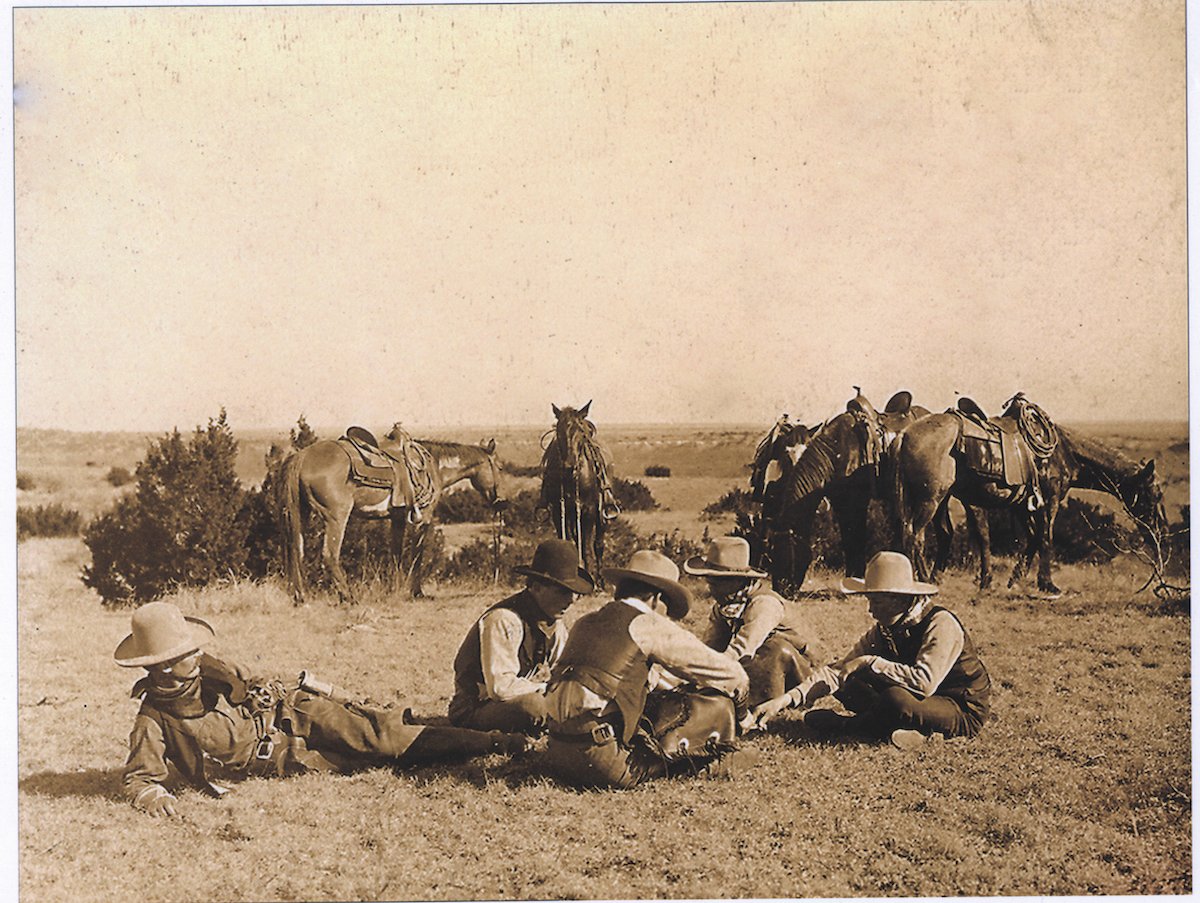
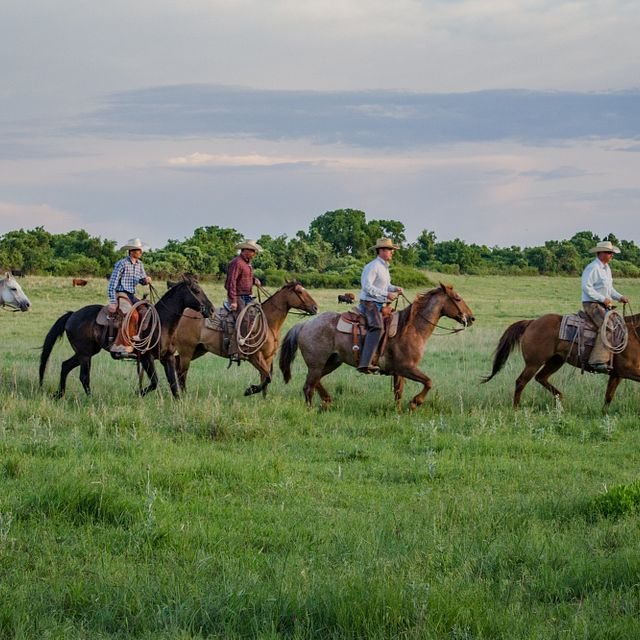
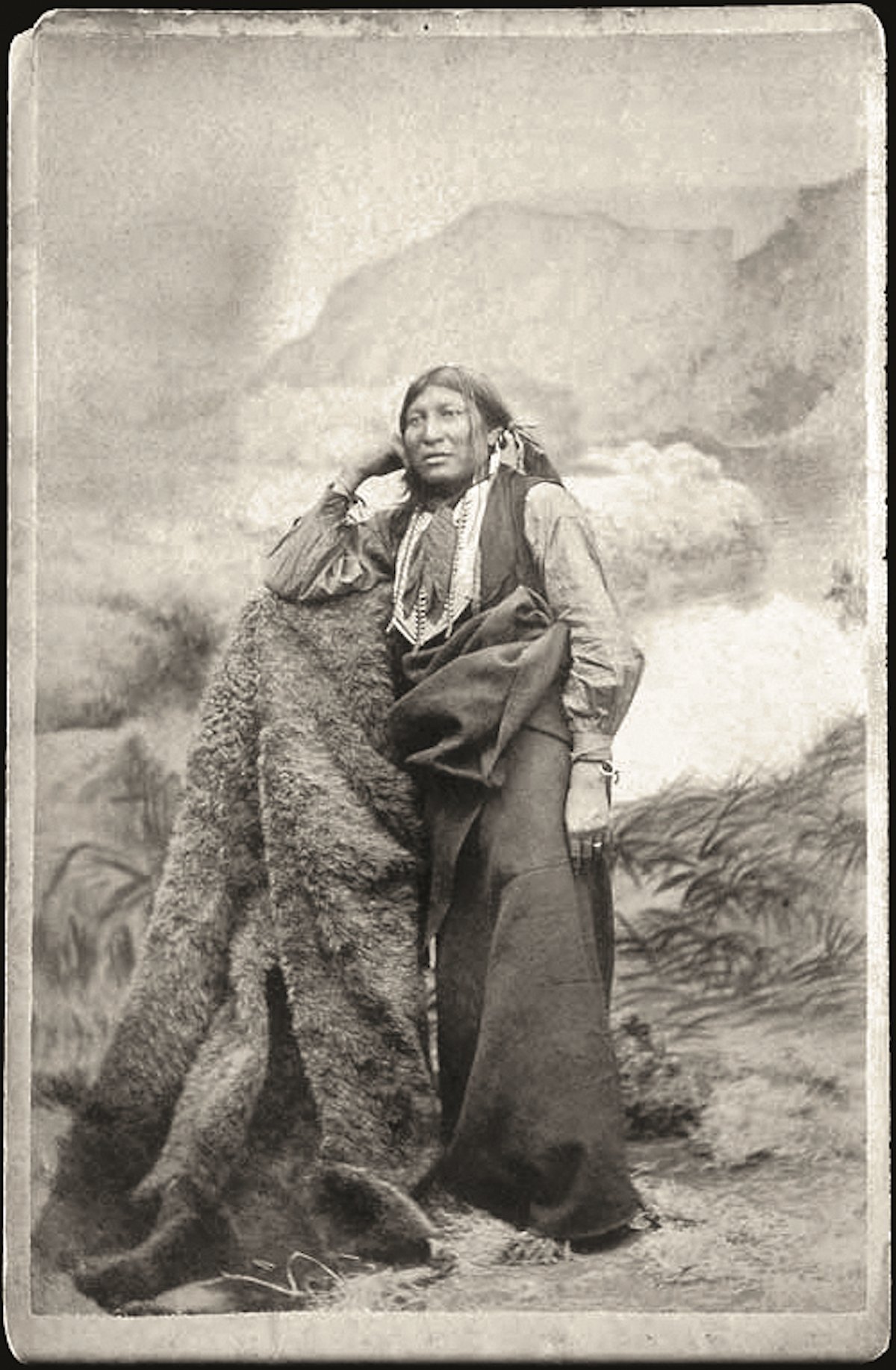
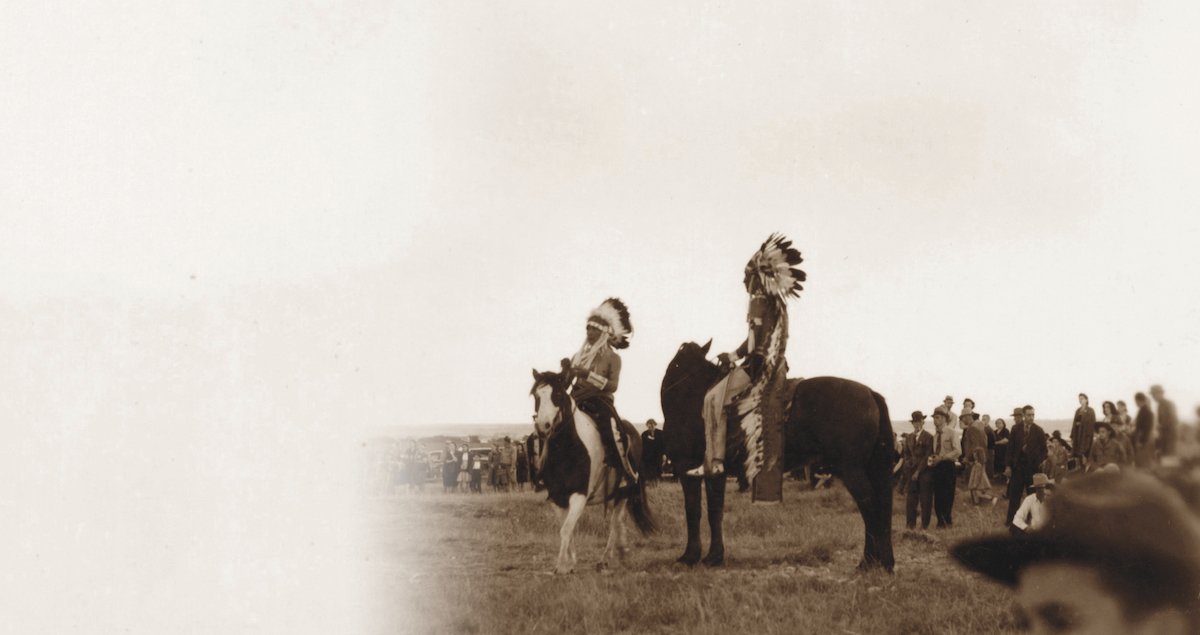
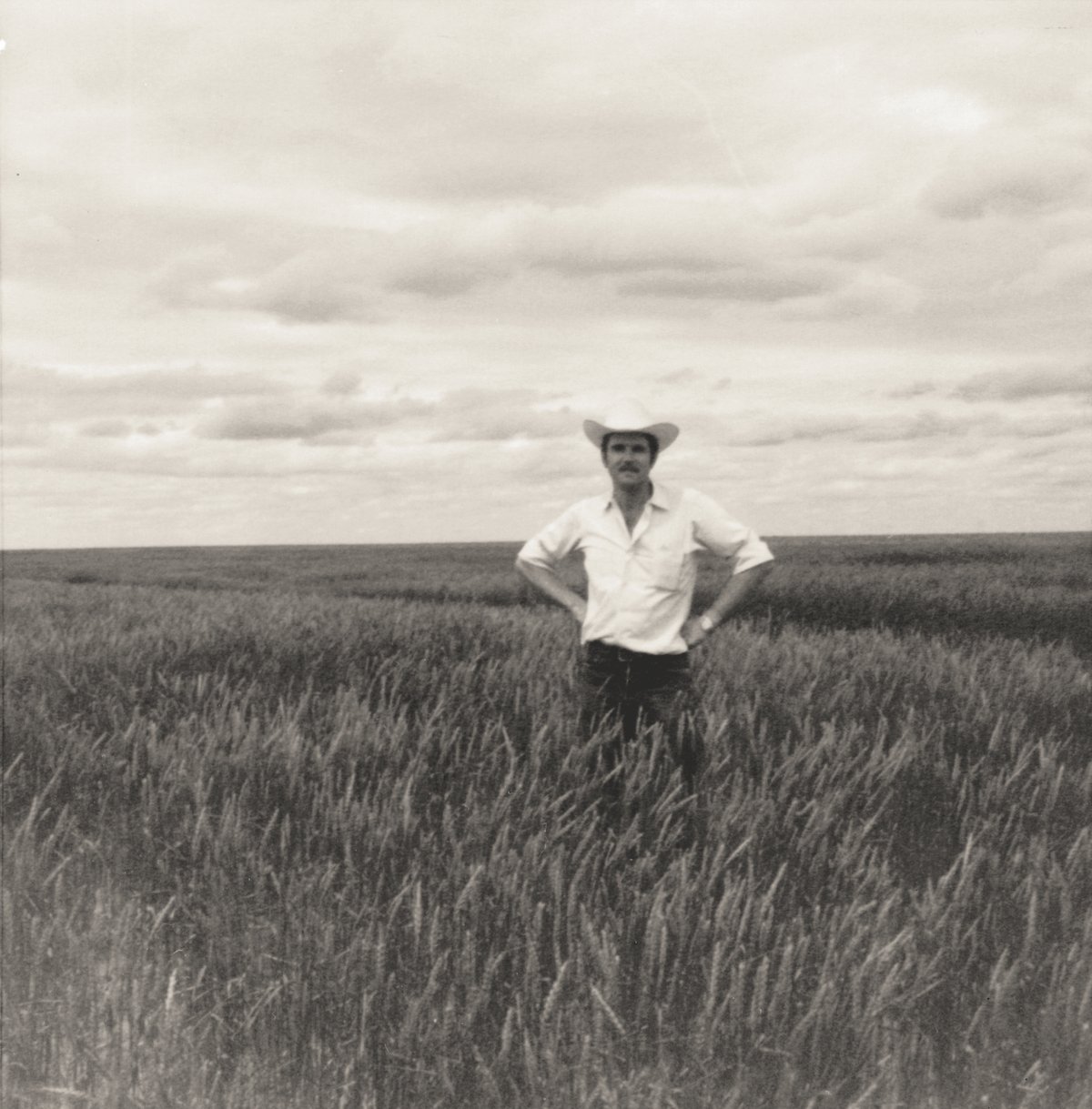
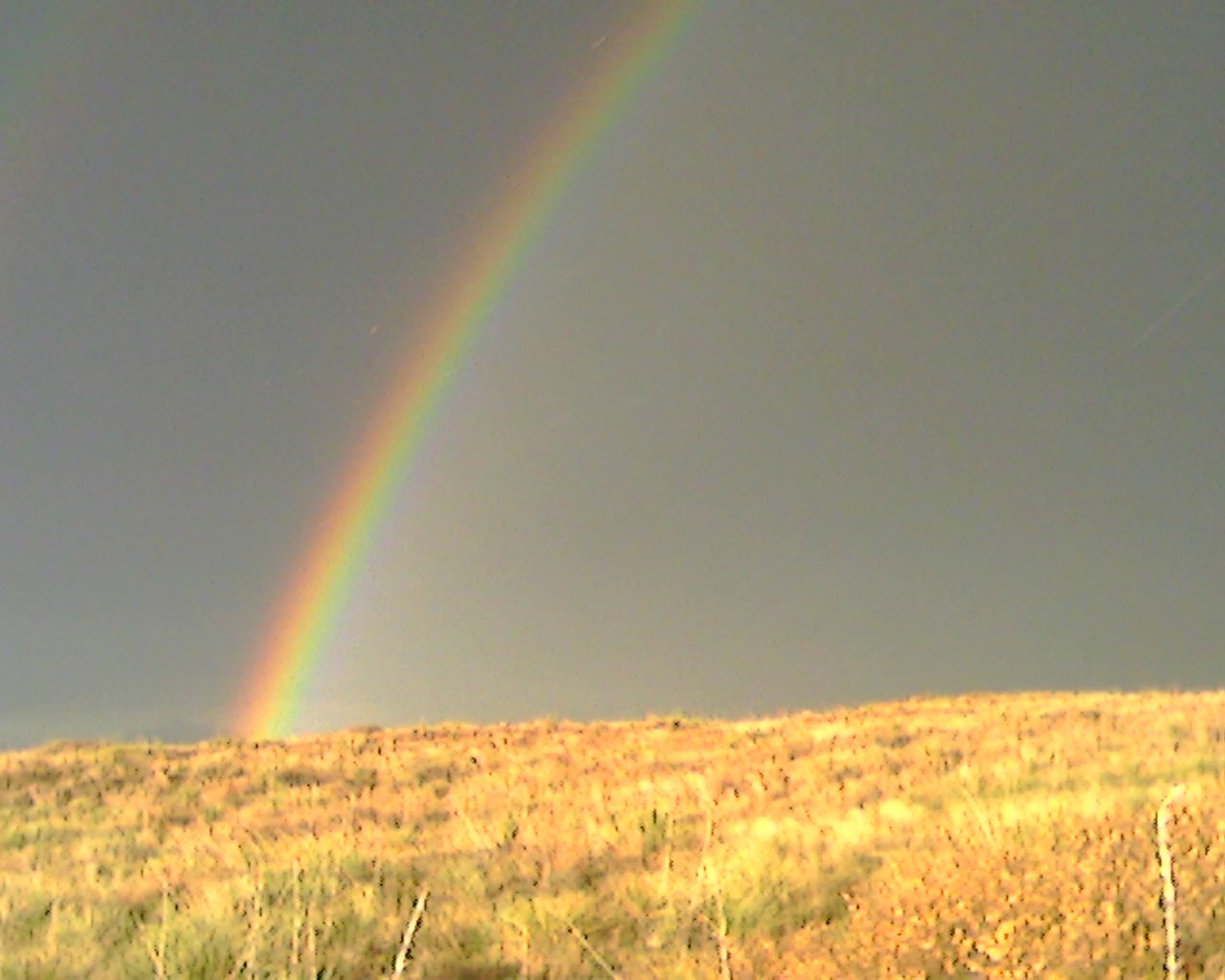
The ranch sits atop the Ogallala aquifer, the single largest aquifer in the world, and part of America’s breadbasket that has fed Turkey Track agriculture as well. Water issues are a predominant concern in an environment witnessing climate change-related stresses, particularly the heat, less predictable rainfall and droughts of late. As an article in Discover of 2021 notes:
Sustaining an aquifer requires recharge from the land above. But over most of the Ogallala, particularly its southern part, a cementlike substance called caliche hinders rainwater from getting through. For many years, researchers thought playas, which have clay soils, were practically impermeable too — just low spots where water collected and subsequently evaporated. Recent research has revealed the exact opposite. Not only do playas contribute to recharge, they dominate recharge.
It is entirely conceivable that water from playa lakes of the Plains absorbs back down through the soil profile at Turkey Track given its location and current research findings. It thus follows that the waters of the ranch are connected to the hydrology helping to recharge the Ogallala.
Differing geographical soil features throughout the ranch morph and change the landscape. Cockrell describes: “To the North is a caliche-formed, mesa-type landscape and that then breaks off into a more sandy, clay-based environment. Along the south end of ranch is limestone rock and red clay, and nearer the Canadian River there can be two to three feet of sandy loam.” The western part of Turkey Track resembles western Nebraska, where the Ogallala starts. The rains are absorbed into those sandy soils and that water permeates and percolates into the sub-soils, Cockrell relays. “Some [of the water] comes out in springs, but not all of it. It has to permeate through the soil profile and into the Ogallala.”
Almost instinctively, the care takers understood the land and remediated it at the right time. Concerns about precipitation and climate are nature’s call. However, the stewards of Turkey Track always rose to the call.
In the ‘50s, a massive drought, on par with the 1930s Dust Bowl, siphoned the life out of Texas and the Great Plains, and across the U.S. as well. At Turkey Track, crops became secondary to stopping erosion and saving top soil. Over ten years, the family’s campaign to build earthen dams ensued. Then, over fifty years, 50 significant dams and 250 smaller ones became invaluable natural infrastructure that conserved and preserved water, soil and the rich biodiversity enveloping the ranch. The upper “conservation” dams were constructed to stop soil erosion. Among the system, there is even a riparian area with cattails that supports diverse wildlife habitats, themselves micro-sanctuaries. They do not resemble anything else in Panhandle, Cockrell attests.
While the water resources and creeks were an early draw to the Turkey Track, their recognized importance continued to be worth fighting for. From 1981 to 1999, with six major landowners, the family formed a coalition, called the Canadian River Coalition, to protect their land from being taken by the State over the boundaries of the river. Boone Pickens, a major landowner along the Canadian River, next to the Turkey Track, teamed up with J.A. Whittenberg III to protect their rightful acreage and fight against the State’s disproven “wide river theory.”[ii]
Shaped by the histories of the West and a sense of vision, these long-time stewards evolved the ranch. The rich natural capital of the ranch also includes the intangible assets of the lores, sacrifices across centuries, and inherent respect for the lands that sustained many lives.
Modern ranching ecosystem
It is increasingly rare, owing to their virtual extinction, that large, legacy, historic ranches such as Turkey Track change hands from the original owners. The assets of this natural setting, the natural capital of Turkey Track, offers opportunities for the next steward. Bernard Uechtritz, founder of brokerage firm Icon Global representing the ranch notes, “My job is not just the marketing and selling of iconic ranches. Wherever and whenever possible, the ethos surrounding my duty with land offerings is to protect and preserve.” This duty requires the lens of natural capital.
In the effort to pass the torch of steward for the Turkey Track, an extensive data-driven analysis of the ranch’s assets was recently undertaken to reflect modern-day realities and economics, in support of the two hundred-million-dollar offering. Academics call this real options. It pertains to decision-making regarding tangible assets, and matters more now than ever. Options in renewables, carbon, minerals are part of the potential at Turkey Track, as well as possibilities unexplored or yet-to-be conceived.
In this brave new world of a changing ranch economy, the natural capital at Turkey Track has been infused by human capital. Simply put, natural capital is the stock of the globe’s natural resources, the assets the earth holds. In practice, the Whittenberg-Coble family lines have honored the lands they developed and inherited, creating a fertile field for future activities.
Presently, Turkey Track ground operations are managed by ranch experts with decades-long experience and connection to the lands of the Panhandle. Through the Adobe Walls Cattle Company, regenerative grazing practices help in producing a sustainable profit for the long-term. This translates into “improving the asset base…the asset base being the rangelands, the cattle, the wildlife and of course, the people,” notes co-owner Dale Smith. The ranch was named one of six regional awardees of the 2016 Environmental Stewardship Awards Program sponsored by the National Cattlemen’s Beef Association. Notably, industry leaders said, “Turkey Track has an outstanding record for their stewardship practices, water management programs and excellent grass diversity.”
The natural assets of the ranch have been meticulously curated and improved across the decades, where modern practices and technology have been applied, even pioneered. A customized rotational grazing system serves the ranch’s varied range types: sub-irrigated bottomlands, Caprock country, hardened flats and rolling sand hills. Over 2,000 cattle complement its 1,200 acres of cropland, 830 of which is irrigated through five Ogallala aquifer wells. The grazing system is designed to improve ground cover, vegetative diversity, root system hardiness and soil health. In fact, their grazing practices have encouraged wildlife habitat to flourish.
An absolute wealth of water resources is a defining feature of the Turkey Track. In addition to the Canadian River’s presence, eight major creek basins, along with numerous springs, provide year-round water to several lakes, one of which is 35 acres. The ranch falls in a 20-inch annual rainfall belt. Its extensive network of erosion-control, conservation-oriented dams increase water quality and quantity. Roughly sixty-four wind- and solar-powered wells supply water troughs throughout the ranch, supplementing the surface water and providing additional grazing options across the entire ranch. But those are just the numbers.
The ranch carries an array of existing offerings for hospitality, as well as potential ones that reflect society’s needs. Groups from various walks of life, whether corporate, families or institutions, could enjoy and learn from the ranch. At Turkey Track, recreational activities include well-conceived hunting and fishing programs. Resident species include white-tailed deer, managed under a Texas Parks & Wildlife program, mule deer, pronghorn antelope, feral hogs, quail, wild turkeys, and waterfowl. The lakes are well-stocked with trophy bass and other species. Incidentally, over the decades, the likes of John Wayne, T. Boone Pickens, Ronald Reagan and George W. Bush and intersected with the Turkey Track for various ranching business matters but also some social downtime. In recent times, notable international visitors, such as renowned Australian mining magnate Andrew “Twiggy” Forrest and others, have come for retreat and the restorative energies of the ranch. Their cameo appearances also make up the colorful tapestry of Turkey Track’s history.
The right mix of history and biodiversity make Turkey Track a marquee venue for partnerships whether educational, institutional or corporate. The educational aspects inherent in Turkey Track are unique, just as legendary ranches like the King Ranch and the Ghost Ranch of New Mexico present. No parallel really exists in the Panhandle however. The numerous historic sites of the ranch include the rugged history of the American Plains and the West, but also places of interest both natural and noteworthy—historic markers about the land and its people. The natural capital of Turkey Track includes human capital too.
The ranch’s evolution mirrors a changing landscape of significant milestones in American history, how the people and the land moved forward through time. And now, the care of the Turkey Track will belong to others.
Written by Jennifer Warren.
International ranch sales consultants, Icon Global Group, is offering the property for sale. See: https://www.icon.global/turkey-track-ranch
Natural capital treasure…
My select summary and intro…
THE TURKEY TRACK RANCH
Recognition of Natural Capital, Legacy, and Opportunity
Rare and unmatched, this jewel of the Panhandle, was shaped by the historical events of America’s West and the High Plains of the Texas Panhandle. Irony would have it, the pioneers of what would become the Turkey Track Ranch had their early beginnings in protecting herds of cattle at the legendary Waggoner Ranch in the late 19th century. The storied histories of Turkey Track, the Waggoner, and the 6666 Ranch all converge. And the very people that pioneered the Turkey Track strikingly crisscrossed the timelines of most of the iconic Texas ranches. Its High Plains, resource-rich location, under one fence, is unparalleled.
Across three centuries, the Coble-Whittenberg family stewarded a ranching dynasty. The reverence of the land has both protected and improved its gifts of geology and biodiversity. What was ever taken from the land for some form of subsistence was given back ten-fold.
The women of Turkey Track were a key part of the critical decisions and ownership from the period after the Depression through to 1969. Catherine Coble, the mother of J.A. Whittenberg III, was credited with forming Coble Cattle Corp. which continued to acquire and aggregate nearby ranch lands. In recent decades, women have constituted a significant part of the ranch’s management, which includes the present-day representation of three women and two men.
The property now encompasses approximately 80,000 acres from the Canadian River to The Caprock in the North. The Caprock is a massive escarpment, a ridge running through the Panhandle south for 400 miles. The land was one of the main cattle trails and wagon roads on route from the Southern Plains north to Dodge City. This geological feature played a role for the Native Americans that dwelled on the lands in the past. It was a place of the ranch’s boundaries and documented altercations in defense of the ranch, but also an oasis of marvel for various family members and their stories.
